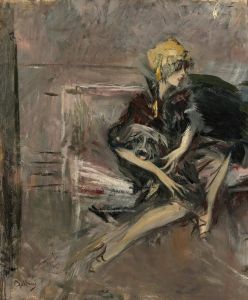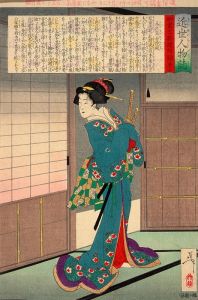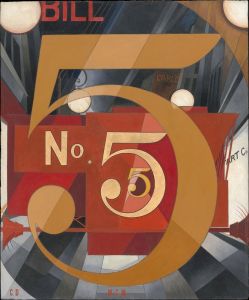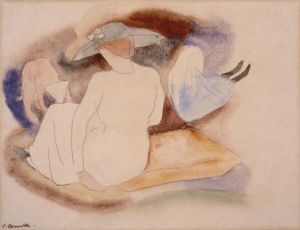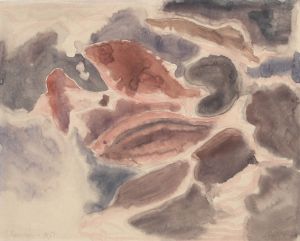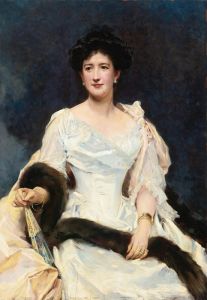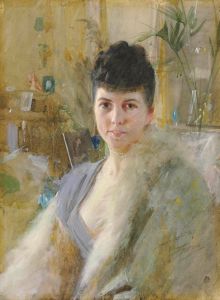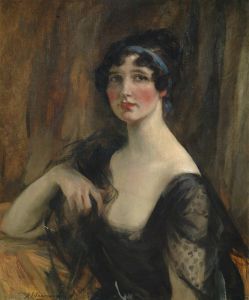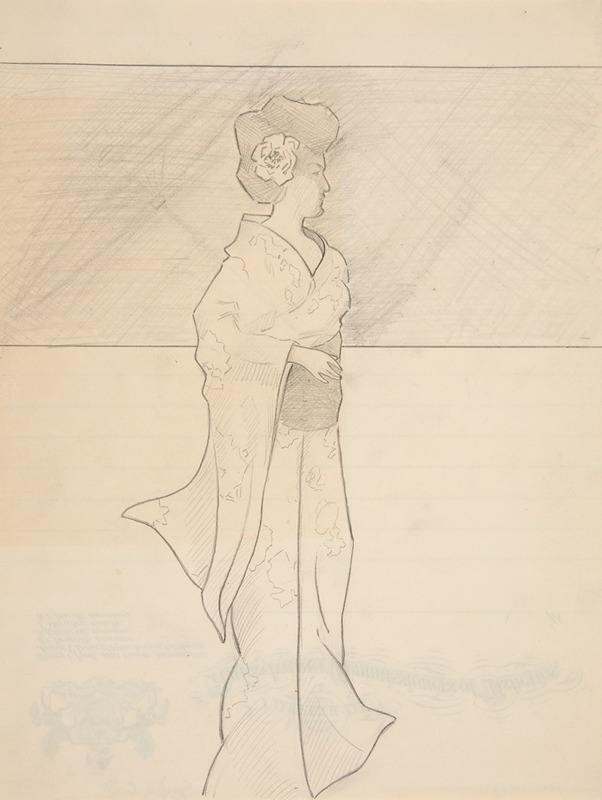
Japanese Lady
A hand-painted replica of Charles Demuth’s masterpiece Japanese Lady, meticulously crafted by professional artists to capture the true essence of the original. Each piece is created with museum-quality canvas and rare mineral pigments, carefully painted by experienced artists with delicate brushstrokes and rich, layered colors to perfectly recreate the texture of the original artwork. Unlike machine-printed reproductions, this hand-painted version brings the painting to life, infused with the artist’s emotions and skill in every stroke. Whether for personal collection or home decoration, it instantly elevates the artistic atmosphere of any space.
"Japanese Lady" is a watercolor painting created by the American artist Charles Demuth. Demuth, born in 1883 in Lancaster, Pennsylvania, was a prominent figure in the early 20th-century American art scene. He is best known for his contributions to the Precisionist movement, which emphasized clean lines and geometric forms, often focusing on industrial and architectural subjects. However, Demuth's artistic range was broad, and he also explored other styles and subjects, including portraits and still lifes.
"Japanese Lady" is one of Demuth's works that showcases his interest in portraiture and his ability to capture the essence of his subjects with a delicate touch. The painting is executed in watercolor, a medium Demuth frequently employed due to its fluidity and the subtlety it allowed in rendering light and shadow. Watercolors also suited Demuth's preference for creating works that conveyed a sense of immediacy and intimacy.
The painting depicts a woman dressed in traditional Japanese attire, which reflects the Western fascination with Japanese culture during the late 19th and early 20th centuries. This period, often referred to as Japonisme, saw many Western artists drawing inspiration from Japanese art, fashion, and design. Demuth's "Japanese Lady" can be seen as part of this broader cultural trend, where the exoticism and elegance of Japanese aesthetics were celebrated and incorporated into Western art.
Demuth's approach to the subject is characterized by his keen attention to detail and his ability to convey texture and pattern through watercolor. The woman's kimono, for example, is rendered with intricate patterns that suggest the richness of the fabric and the cultural significance of the garment. The use of watercolor allows Demuth to create a sense of softness and fluidity, which enhances the overall gracefulness of the composition.
While Demuth is primarily associated with the Precisionist movement, "Japanese Lady" demonstrates his versatility and his interest in exploring different cultural themes. The painting is a testament to his skill as a watercolorist and his ability to adapt his style to suit the subject matter. It also reflects the broader cultural exchanges between East and West during this period, highlighting how artists like Demuth were influenced by and contributed to the global appreciation of diverse artistic traditions.
"Japanese Lady" is part of Demuth's broader body of work that includes a variety of subjects and styles. His oeuvre is celebrated for its innovation and its contribution to American modernism. Today, Demuth's works are held in numerous public and private collections, and he is recognized as a significant figure in the history of American art. His paintings continue to be studied and appreciated for their technical mastery and their reflection of the cultural dynamics of his time.





